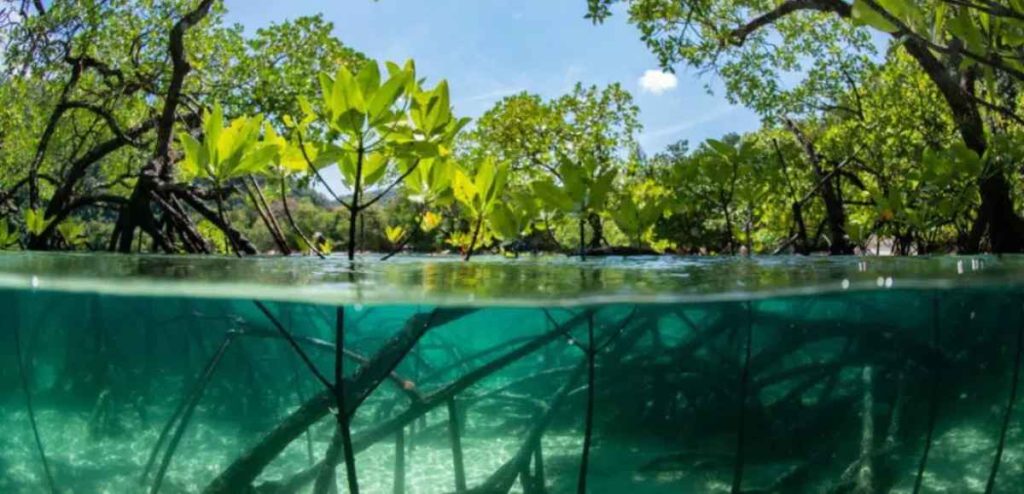Protected Areas in Biodiversity Conservation is Despite covering 17% of the planet’s land surface, protected areas (PAs) around the world are not living up to their promise of safeguarding biodiversity. A global study assessing 33,379 species across 255,848 protected sites reveals a disturbing truth: many PAs are poorly positioned and fail to shield regions facing intense ecological pressure. This growing mismatch between where threats are greatest and where protections exist raises fundamental questions about the way conservation is currently being approached.
Understanding the Role of Protected Areas in Biodiversity Conservation
Protected areas are zones legally designated to conserve wildlife and ecosystems. In theory, they’re the backbone of global biodiversity conservation. In practice, however, many are established in places facing minimal environmental threats. Often selected for ease of implementation or political reasons, these “safe zone” PAs offer little real-world resistance to the ongoing collapse of biodiversity in more threatened regions.
The Real Threats to Biodiversity
The planet’s biodiversity is being hammered by six key pressures:
- Agricultural expansion
- Logging and deforestation
- Hunting and poaching
- Pollution
- Invasive species
- Urban development
According to the research, 21% of the world’s land is under high ecological threat. Startlingly, 76% of these high-risk zones lack adequate protection. This disconnect means that while conservation statistics may look good on paper, the actual benefits for ecosystems and species are limited.
Which Species Are Falling Through the Cracks?
The study looked closely at terrestrial vertebrates—amphibians, reptiles, birds, and mammals. Some groups, like amphibians and reptiles, show better alignment between protection and reduced threats. But for many species, particularly those in unprotected or poorly managed areas, the outlook remains grim. The protection they need often doesn’t match where they actually live or where they’re most at risk.
Where Are These Protected Areas Located?
Here’s another problem: many PAs are concentrated in remote, low-impact regions like the Russian Arctic or northern Canada—areas with minimal human disturbance. Meanwhile, critical biodiversity hotspots in Central America, the Andes, and Southeast Asia remain underprotected. These regions, rich in endangered species and ecological diversity, are where protection is most needed—but are often overlooked.
The Bigger Picture: Are We Meeting Global Conservation Goals?

This misalignment casts serious doubt on international targets like the Kunming-Montreal Global Biodiversity Framework, which aims to stop species extinction and restore ecosystems by 2030. Without smarter and more targeted PA planning, such frameworks risk becoming symbolic gestures rather than drivers of meaningful change.
A New Direction for Conservation
To make conservation truly effective, it’s time for a course correction. Protected areas must be located based on ecological urgency—not political convenience. Conservation strategies should prioritize regions under the most threat, ensuring that the efforts made on paper translate to real-world impact. It’s not about increasing the number of protected zones—it’s about putting them in the right places.



